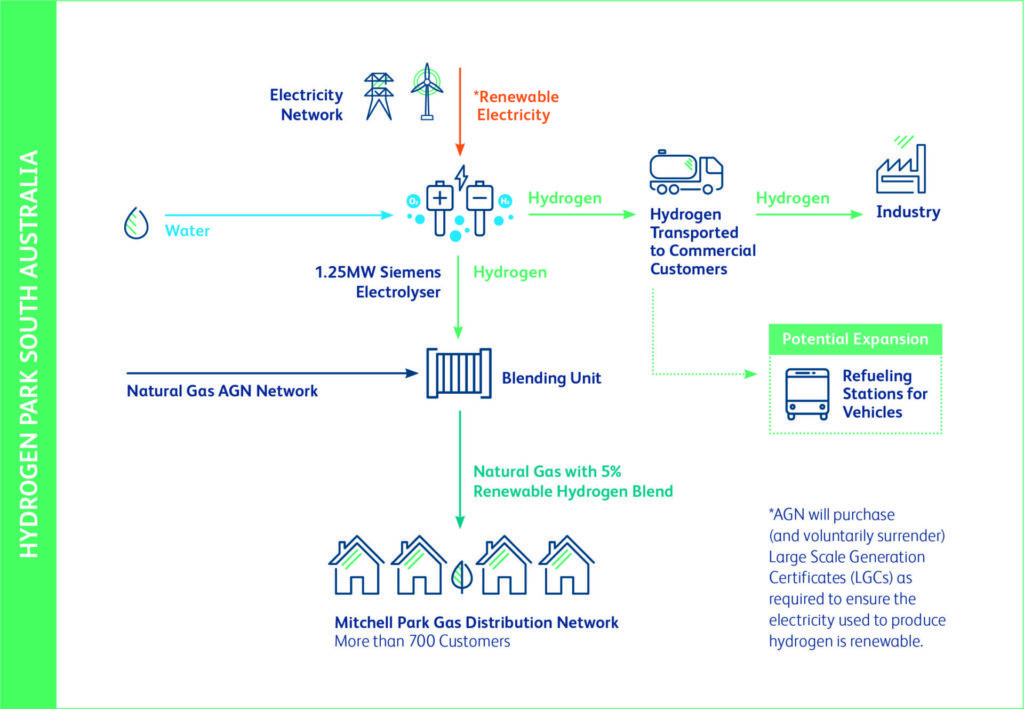What will the future of gas in our homes and buildings look like?
Reducing emissions in the energy sector presents a number of challenges.
Everybody wants cleaner energy that is both reliable and reasonably priced.
Australia has committed to reducing carbon dioxide emissions to between 26% and 28% below 2005 levels by 2030. To meet these targets, we must decarbonise the gas, electricity and transport sectors – a massive challenge which requires more options than just electrification.
There’s no denying natural gas is an important part of our energy mix. 6.5 million Australian homes currently rely on natural gas for cooking, hot-water or heating. During winter natural gas delivers the same amount of energy as the electricity network.
Our need for energy is not going to slow down anytime soon. That’s why Australian Gas Networks (AGN) is investing in the power of Renewable Gas.
What is Renewable Gas and its benefits?
Renewable Gas is a term used to describe gases that can be used as a clean energy source which does not produce any additional emissions when you burn them.
There are two primary forms of renewable gas
- Renewable hydrogen – produced by separating hydrogen from water using renewable electricity
- Biomethane – gas captured from decomposing organic wastes from landfills, agricultural produce and wastewater treatment facilities.
By converting renewable electricity to renewable gas, we can store vast amounts of energy within the gas network for use at anytime, including when the sun is not shining or the wind is not blowing.

What does Renewable Gas mean for the gas sector?
Blending or even substituting natural gas with renewable gases such as hydrogen or biomethane can decarbonise the gas sector and will also help achieve carbon reductions for the lowest cost, using the same reliable infrastructure we use today – the gas networks. Projects are already underway, this year AGN is blending up to 5% hydrogen with natural gas as part of a demonstration in Mitchell Park, South Australia. Other projects are in development, including in central Queensland where renewable hydrogen will be blended into the natural gas network at rates of up to 10% to more than 770 customers in Gladstone.
This means customers retain the choice of gas appliances in their home or business, knowing that there is a pathway to achieve 100% zero carbon.
To learn more about the renewable future of natural gas visit australiangasnetworks.com.au/renewablegas

